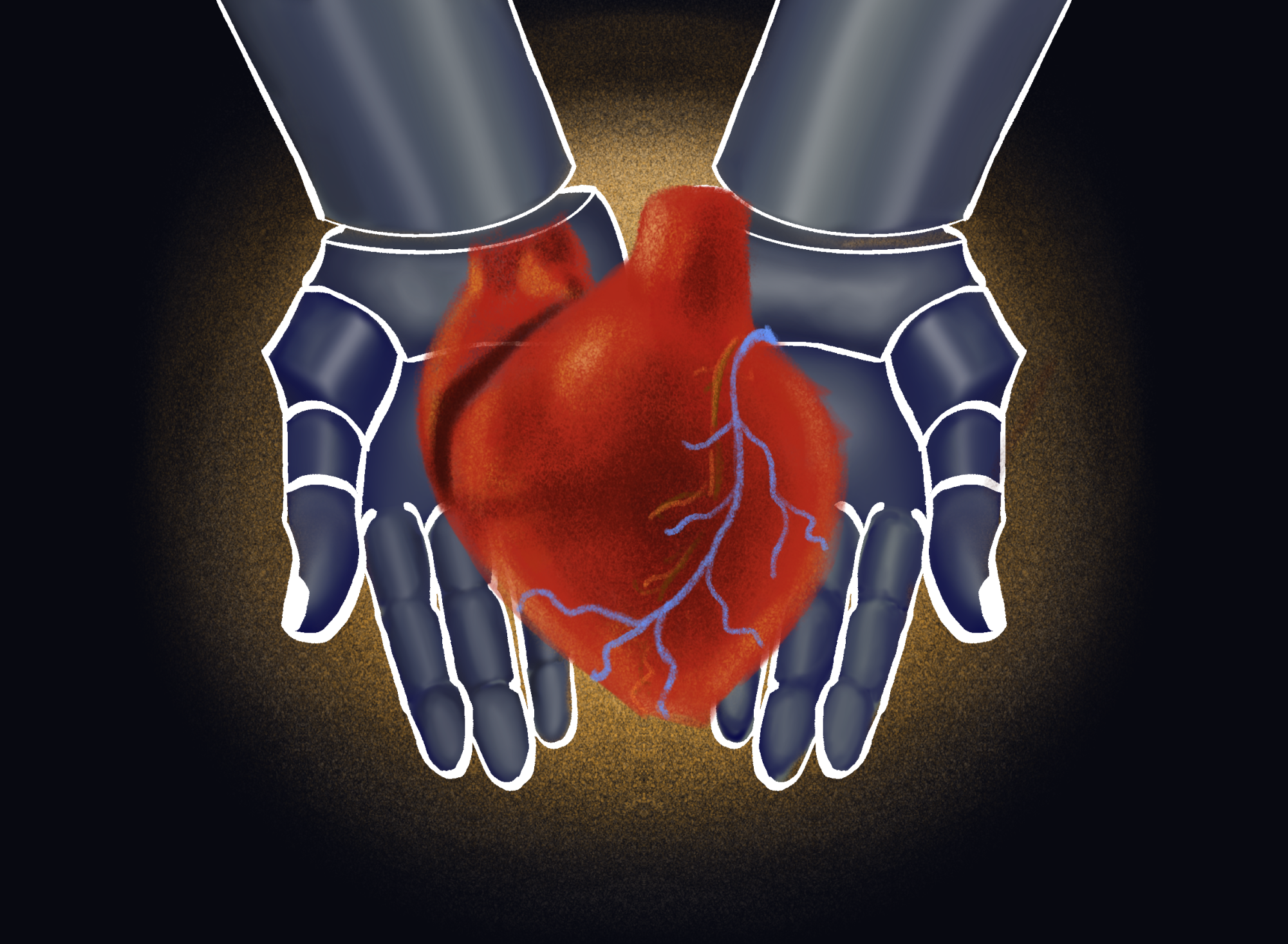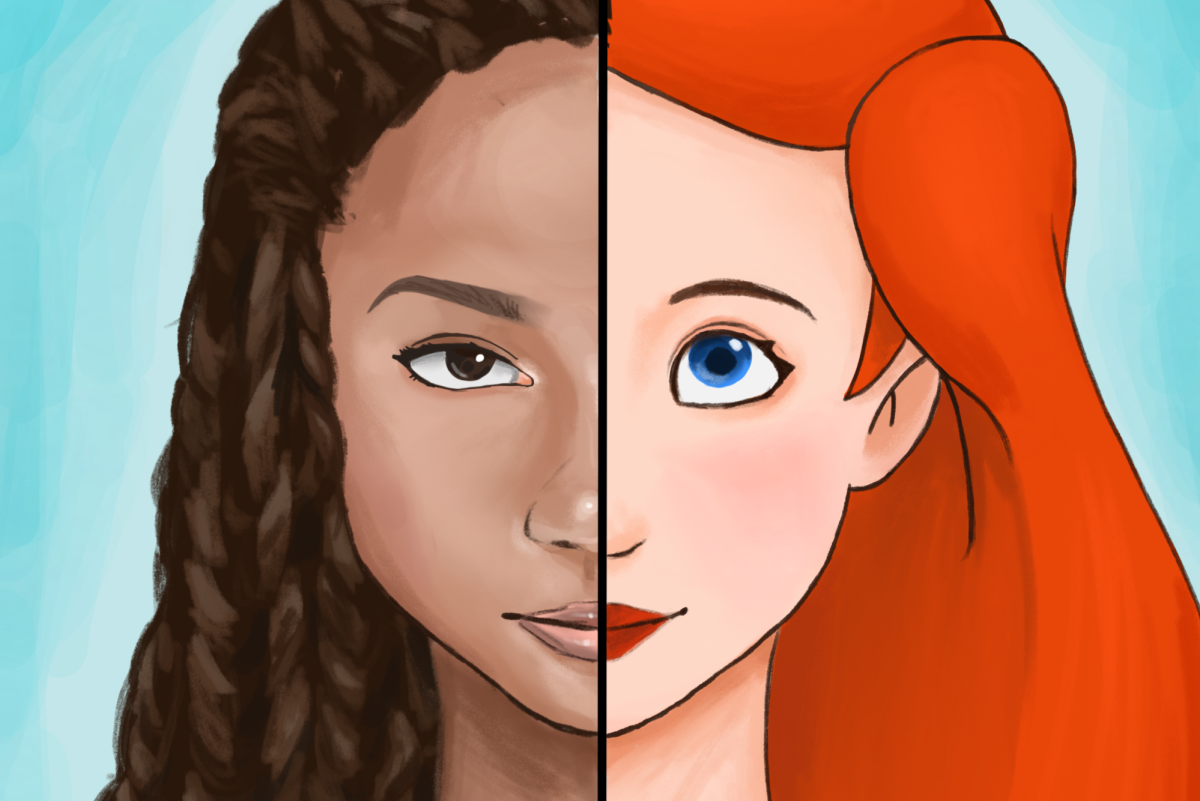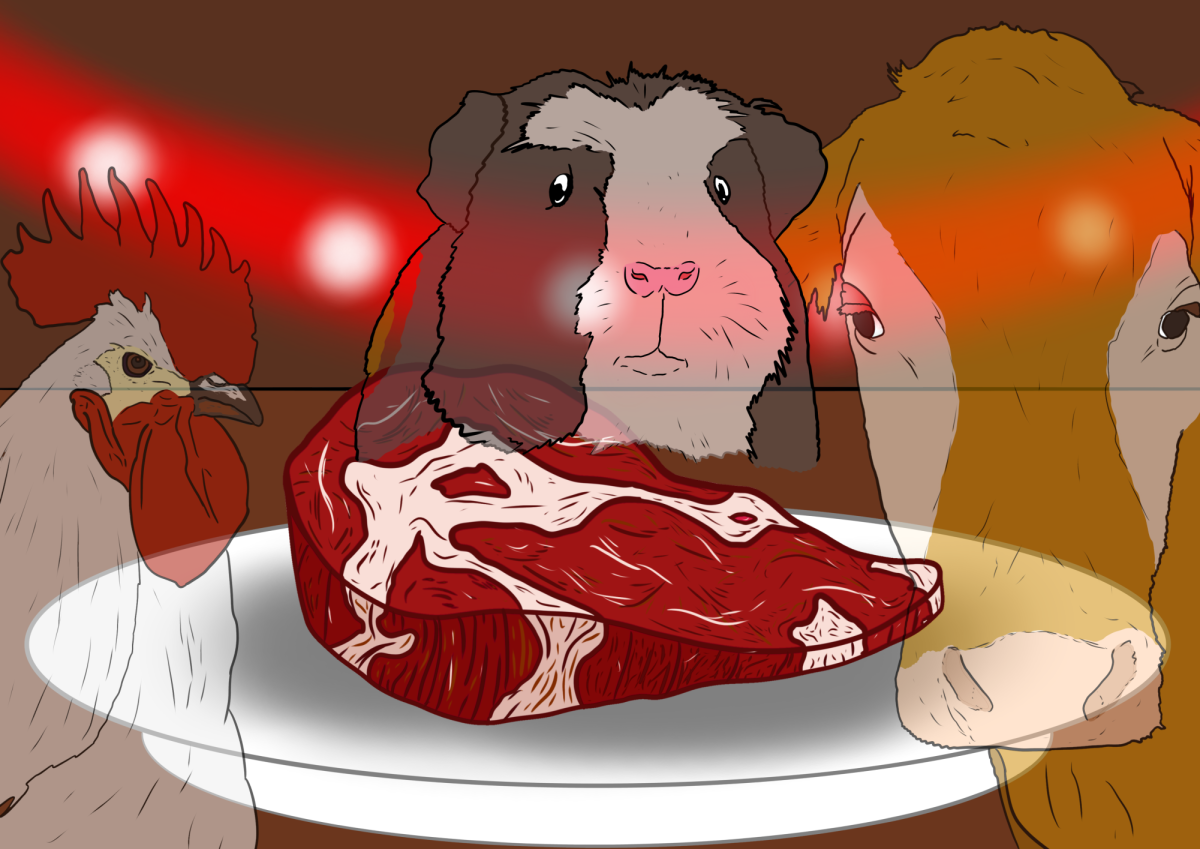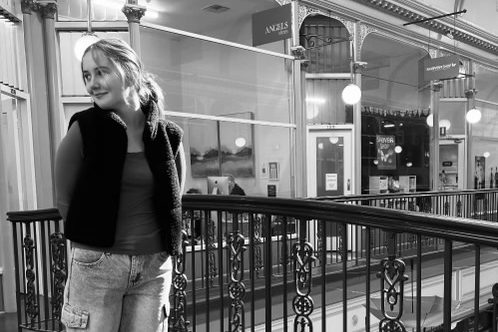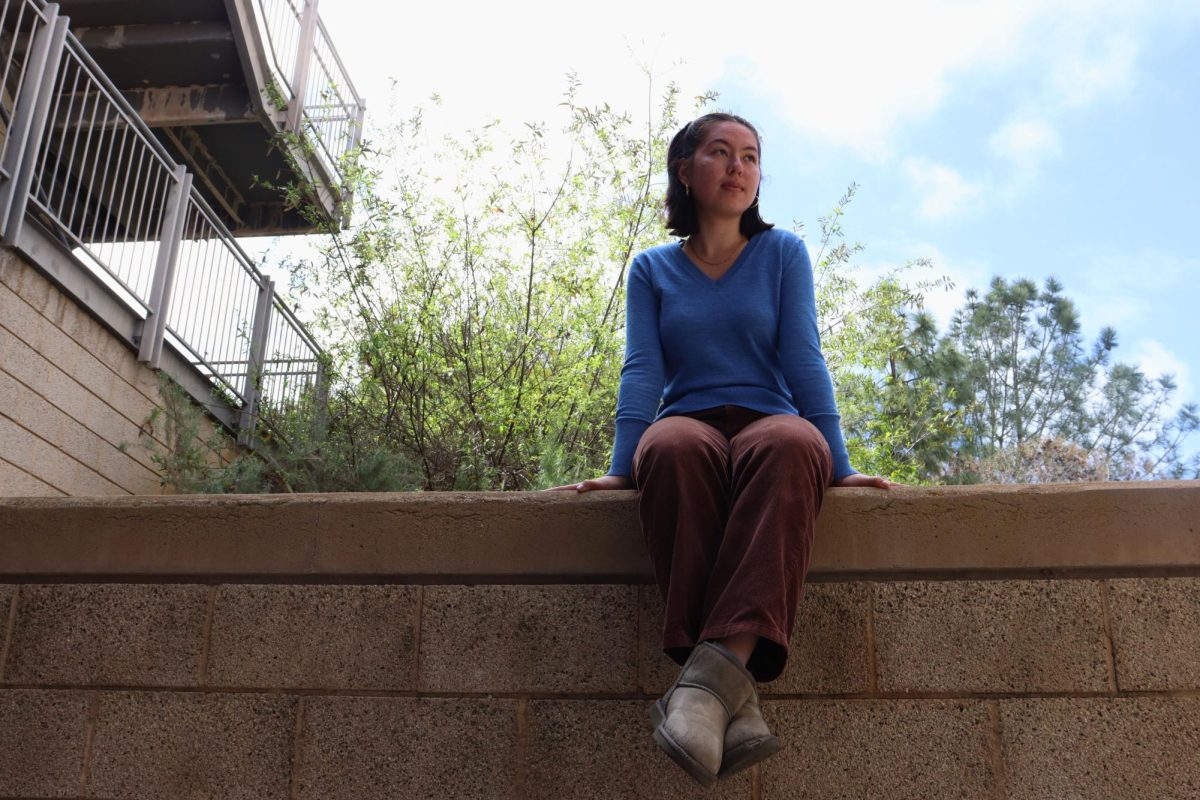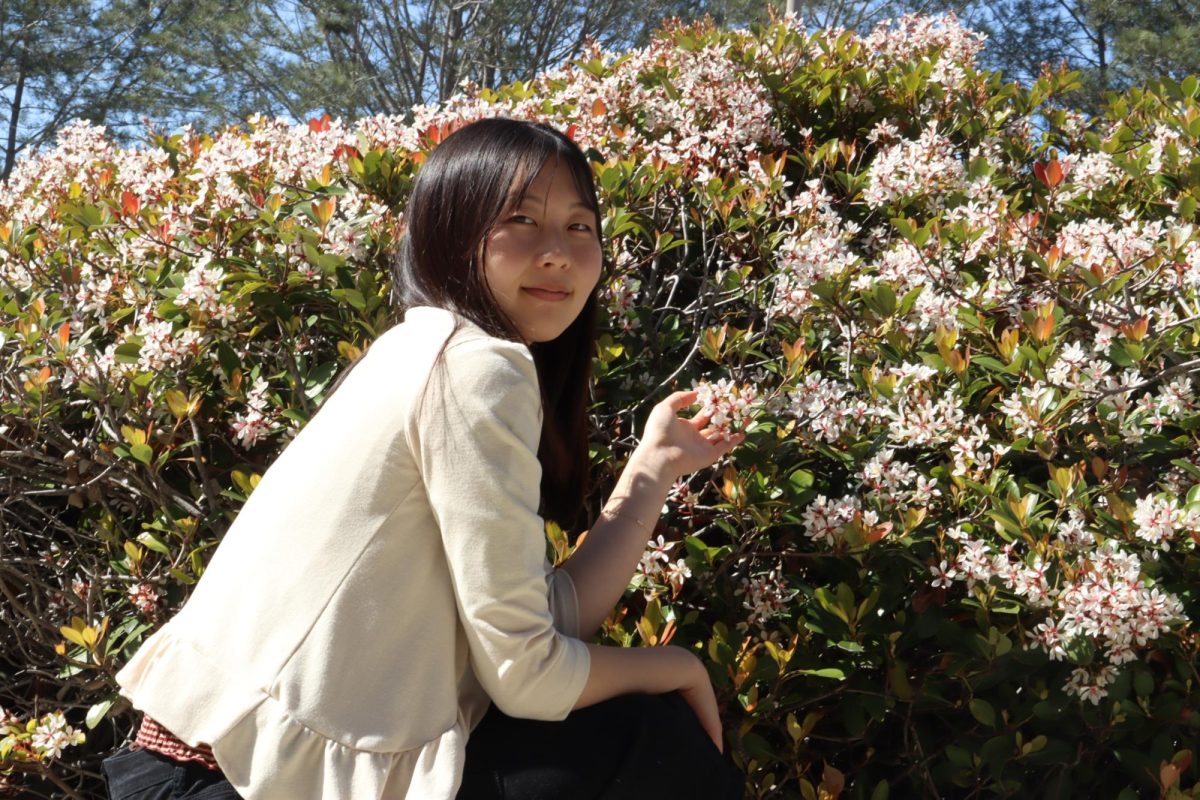As the results of the western blot appeared, I stared at the faint, almost unreadable lines of the imaging, accompanied by the gentle hum of the system. A wave of uncomfortable warmth crept into my cheeks. The lab was nearly silent except for the whirring of the machinery. Beside me, my mentor studied the image with an unreadable expression.
“We’ll have to re-probe it or start over,” she said. “Don’t worry, it’s a game of trial and error.”
Despite following the procedure, I could still feel the weight of responsibility. I was determined to find my mistake. I spent time revisiting the procedure, techniques and videos, knowing errors were a common part of the scientific process. We carefully stripped the membrane, hoping the next would be successful.
Just as I couldn’t pinpoint mistakes in the experiment, I struggled to understand why new blemishes appeared on my face every morning.
As I ran my hands to the tip of my topical dispenser, smearing the ointment over the painful splotches of red acne on my cheeks, forehead and chin area, I couldn’t help but wonder what else I could possibly do to fix it. It wasn’t the physical appearance of the blemishes that frustrated me the most, but their persistence. I often felt like the acne followed me wherever I went, no matter what I tried. The lab procedures followed structured protocols, but my acne felt like an evolving, ever-changing experiment. I could never pinpoint a specific location where it “all went wrong,” since it was a unique combination of my genetics, hormones and stress that became painted on my face.
I found potential sources of error from the procedure and debriefed with my mentor. Instead of re-probing it, we spent weeks running an alternate experiment. When the new sample showed darker lines, I breathed a sigh of relief. This time, it worked.
But even as the results improved in the lab, my skin showed no response to my efforts, and no matter what topical treatments I’d tried, food selections I’d avoided or antibiotics I’d considered, the acne seemed to follow me.
Like my work in the lab, I decided that my skin wasn’t unfixable. As I began the treatment of Accutane, an intensive, government-controlled medication for extreme acne, I placed my hope in its success. However, as my skin dried up, my moods became erratic and my complexion turned gray, I realized the only result I got from the medication was stress, depression and anxiety, while my acne lingered.
Through this, I accepted that the medication wasn’t for me, and I was instructed to get off of it. The most powerful acne medication had not solved my skin’s blaring breakouts, but still, I knew that true success meant accepting rejection, and uncertainty. Every failure redirected me toward something better.
My dermatologist gave me another new type of acne medication. “Acne is unpredictable,” he said. “It’s a game of chance.” This new treatment cleared the majority of my acne; however, I still wake up to acne scars, dark spots and remaining hormonal blemishes.
Sometimes, there is no “right” solution or perfect outcome. Not everything can be controlled or perfected. Some challenges just have to be approached with patience and resilience. What matters more is the process of asking questions, experimenting and getting closer to clarity every time.
Even now, as I glance in the mirror and notice the scars that haven’t fully faded, I no longer view them as flaws. They’re part of the process, a reflection of growth, not perfection. Not erased or fixed, but understood and accepted.




